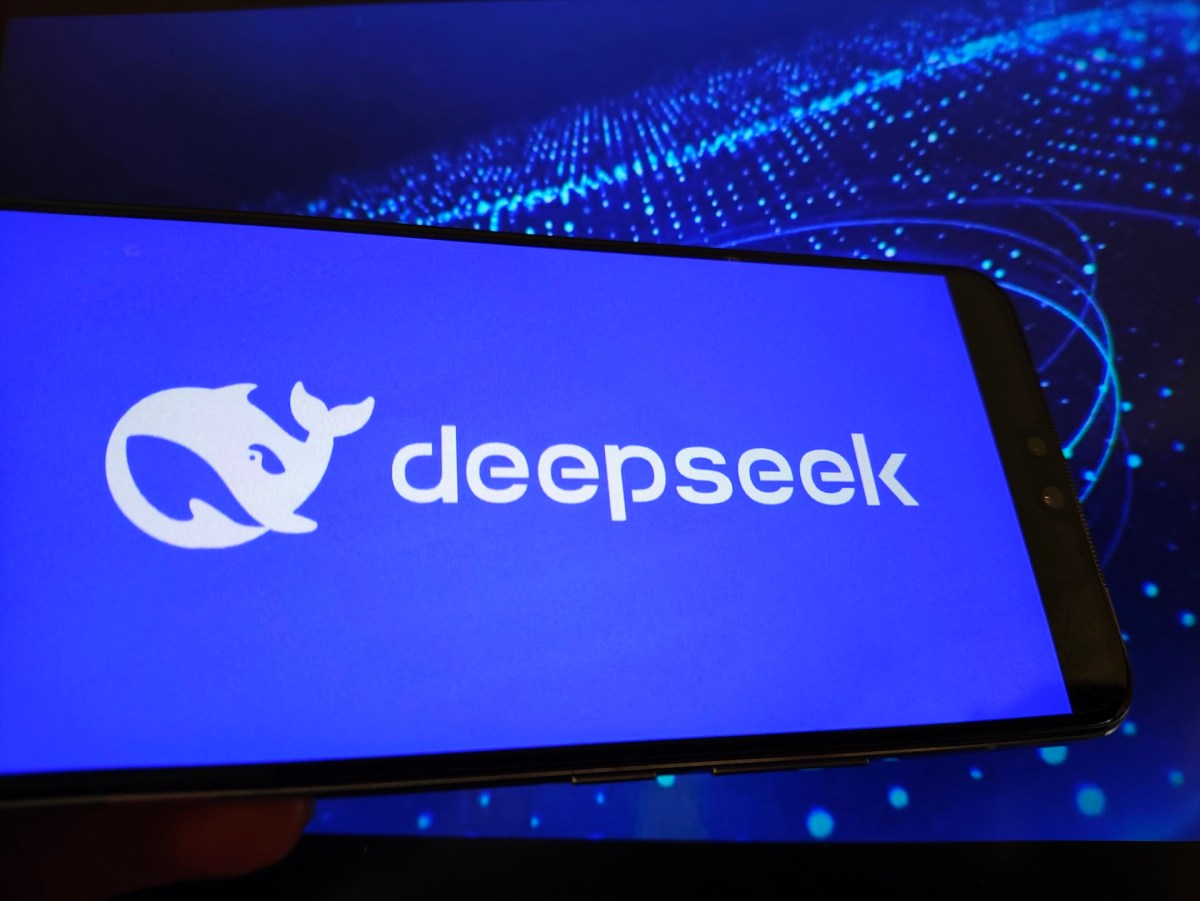DeepSeek Unveils Sparse‑Attention Model to Halve API Inference Costs

Key Points
- DeepSeek released V3.2‑exp, an experimental model featuring Sparse Attention.
- Sparse Attention uses a lightning indexer and fine‑grained token selection to focus computation.
- Preliminary tests suggest up to a 50% reduction in API call costs for long‑context tasks.
- The model is open‑weight and available on Hugging Face, with a supporting paper on GitHub.
- Independent validation is encouraged to confirm performance and cost claims.
- The release follows DeepSeek’s earlier R1 model, emphasizing cost‑effective AI research.
- Sparse Attention adds to a broader industry push to lower inference expenses.
DeepSeek announced a new experimental AI model featuring Sparse Attention technology that dramatically lowers inference costs for long‑context tasks. The model, released on Hugging Face and accompanied by a research paper on GitHub, uses a lightning indexer and fine‑grained token selection to focus computational resources on the most relevant excerpts. Preliminary tests suggest API call prices can be cut by as much as 50 percent in long‑context scenarios. The open‑weight release invites third‑party validation and positions DeepSeek as a notable player in the ongoing effort to make transformer‑based AI more cost‑effective.
DeepSeek Introduces a Cost‑Saving AI Model
DeepSeek, a China‑based artificial‑intelligence firm, revealed a new experimental model on Monday that promises to substantially reduce the cost of running inference on long‑context inputs. The model, identified as V3.2‑exp, was announced via a post on the Hugging Face platform and is accompanied by a linked academic paper hosted on GitHub.
Sparse Attention: How the Model Works
The centerpiece of the release is a technique dubbed “DeepSeek Sparse Attention.” The approach comprises two key components. First, a “lightning indexer” scans the entire context window and prioritizes specific excerpts that appear most relevant. Second, a “fine‑grained token selection system” extracts particular tokens from those excerpts and loads them into a limited attention window. By concentrating computational effort on a narrowed subset of the input, the model can process long passages while keeping server load comparatively low.
Potential Cost Reductions
Initial testing by DeepSeek indicates that the new architecture can cut the price of a simple API call by up to half when dealing with long‑context tasks. While the company acknowledges that further testing is required to confirm these findings, the open‑weight nature of the model means that independent researchers and developers can quickly evaluate its performance and cost‑saving claims.
Context Within the AI Landscape
Inference cost— the expense of running a pre‑trained model to generate predictions—has become a focal point for AI developers seeking to scale services affordably. DeepSeek’s effort joins a series of recent breakthroughs aimed at making the transformer architecture more efficient. Earlier this year, DeepSeek attracted attention with its R1 model, which leveraged reinforcement learning to achieve lower training costs than many Western competitors. Although R1 did not spark a sweeping industry shift, it established DeepSeek as a serious contender in the global AI race.
Open Access and Future Validation
By releasing V3.2‑exp as an open‑weight model on Hugging Face, DeepSeek invites the broader community to perform independent benchmarks. The company expects that third‑party testing will provide a more robust assessment of both performance and cost‑efficiency, potentially encouraging other providers to adopt similar sparse‑attention strategies.
Implications for the Industry
If the model lives up to its initial claims, it could offer a practical pathway for businesses to lower operating expenses associated with AI services, especially those that require processing extensive textual inputs. The development also highlights the increasing importance of architectural innovations—beyond raw model size—in shaping the economics of AI deployment.